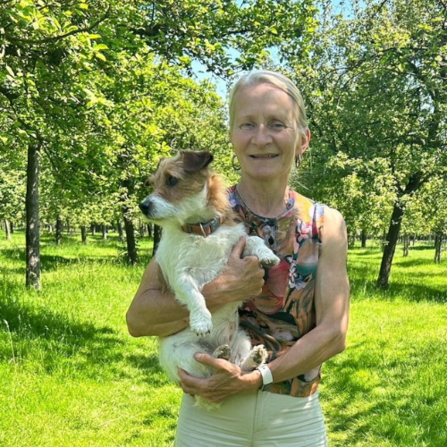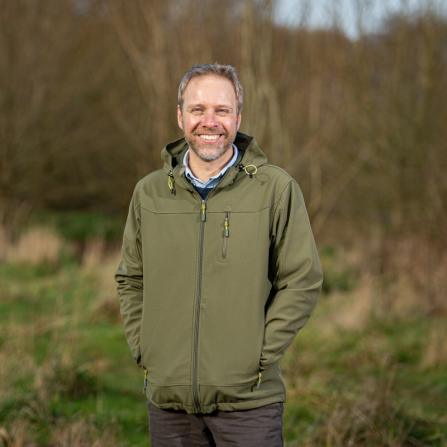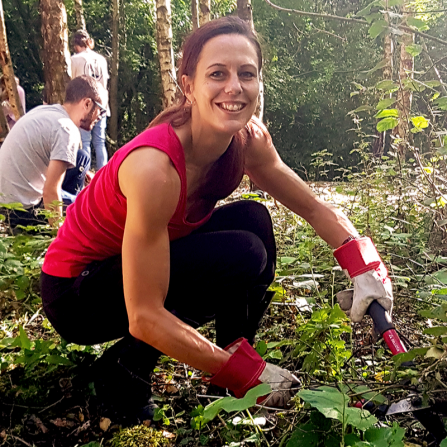Across the globe nearly 200 countries, including the United Kingdom, have now signed international agreements to conserve 30% of land and seas by 2030. There is irrefutable evidence that global and national economic drivers have contributed significantly to the nature and climate emergencies, and with it, the recognition that for nature to recover and to achieve a transition to a low carbon, sustainable economy, much more investment and ‘green finance’ needs to be mobilised to meet those agreed global and national pledges.
The UK Government was the first to develop a Green Finance strategy in 2019 and was the first G20 nation to mandate companies to report their climate impacts and are now working globally to develop similar reporting requirements for biodiversity and nature. Alongside the Government’s goal for Britain to become Net Zero by 2050, the publication of the influential review “The Economics of Biodiversity: The Dasgupta Review” outlined clearly the urgent need for action as well as the economic opportunities this action presents. The review states unequivocally that “The world cannot tackle climate change and build long term economic resilience without protecting and enhancing nature.”
The 2021 Green finance institute report ‘The Finance Gap for UK Nature’ estimated that there is funding gap of between £44 billion and £97 billion required to meet all our goals for 2030. This is the gap between what is available publicly and what is estimated to be needed. As gaps go, that’s a pretty large one and the UK government has a stated goal in the Green Finance Strategy ‘to raise at least £500m per year of private finance into nature’s recovery by 2027 and more than £1bn by 2030’.
But what does the term green finance actually mean?
At its simplest, green finance is any structured financial activity – a product or service – that’s been created to ensure a better environmental outcome. It includes an array of loans, debt mechanisms and environmentally positive investments that are used to encourage the development of green projects or minimize the impact on the climate of more regular projects. Or a combination of both
Typical projects that fall under the green finance umbrella include:
- Renewable energy and energy efficiency
- Pollution prevention and control
- Biodiversity enhancement and restoration
- Climate change adaptation and mitigation
- Circular economy initiatives
- Sustainable use of natural resources and land
Through changes in regulation and legislation as a result of the ambitious 2021 Environment Act, building on the 25 Year Environment Plan and the Environmental Improvement Plan, the government has introduced a range of publicly funded initiatives to kick start the green economy. However, the Green Finance Strategy makes it clear that the UK government cannot fill the funding gap alone. It is vital that if we want our nature to thrive and flourish and deliver massive benefits for society, we need to bring in private finance at a huge scale – so there has been a surge in what we prefer to refer to as Nature Markets in the UK and globally.
Within the private sector, there is a growing number of coalitions of businesses who are recognising the critical role that the natural environment plays in their operations, particularly around production challenges in the UK relating to the volatility of overseas crops to unpredictable weather conditions and extreme conditions such as flooding and drought, and the growing customer expectation across a huge spectrum of financial and business organisations that sustainability is taken more seriously - it is now a key part of the decision or procurement process. Many organisations are looking to, not only improve how they deliver their own business activities, but also allocating significant resource to nature recovery projects as part of their commitment to a longer-term environmental strategy. As a result, a range of new mechanisms and funding streams are being developed enabling large sums of investment, through both statutory and voluntary Nature Markets.
How do Nature Markets work?
It may be easier to think of this in terms of Nature Markets. As in all markets there is a buyer (a business that’s identified a need) and a seller (Project Developer), and a platform or mechanism to bring the two together – often with a framework, guidance or law that ensures the transaction is conducted to high standards. As with any market there are also Investors who have an interest in seeing the market succeed. In the case of Nature markets, there are Voluntary Markets where Buyers decided to purchase Nature Credits, and Statutory Markets where legislation makes it a requirement.
What could Green Finance support in Somerset?
It’s really important that green finance is used strategically, with transparent standards, and at scale, if it is to contribute as needed and make a real difference. A key way of guiding investment in nature is through the Local Nature Recovery Strategies (LNRSs) - instruments of the 2021 Environment Act. Somerset Council is one of 48 responsible authorities appointed by DEFRA to develop a LNRS in their county in England. Somerset Wildlife Trust is working in partnership with Somerset Council on the creation of our LNRS, acting as a conduit to the sector wide members of the Local Nature Partnership, and ensuring that the consultation process allows all residents of the County to contribute. The Strategy will agree priorities for nature recovery and propose actions in the areas which will have the greatest impact county wide. For the strategies to be effective, they must have ambitious delivery plans, innovative investment mechanisms and be regularly reviewed and monitored.




